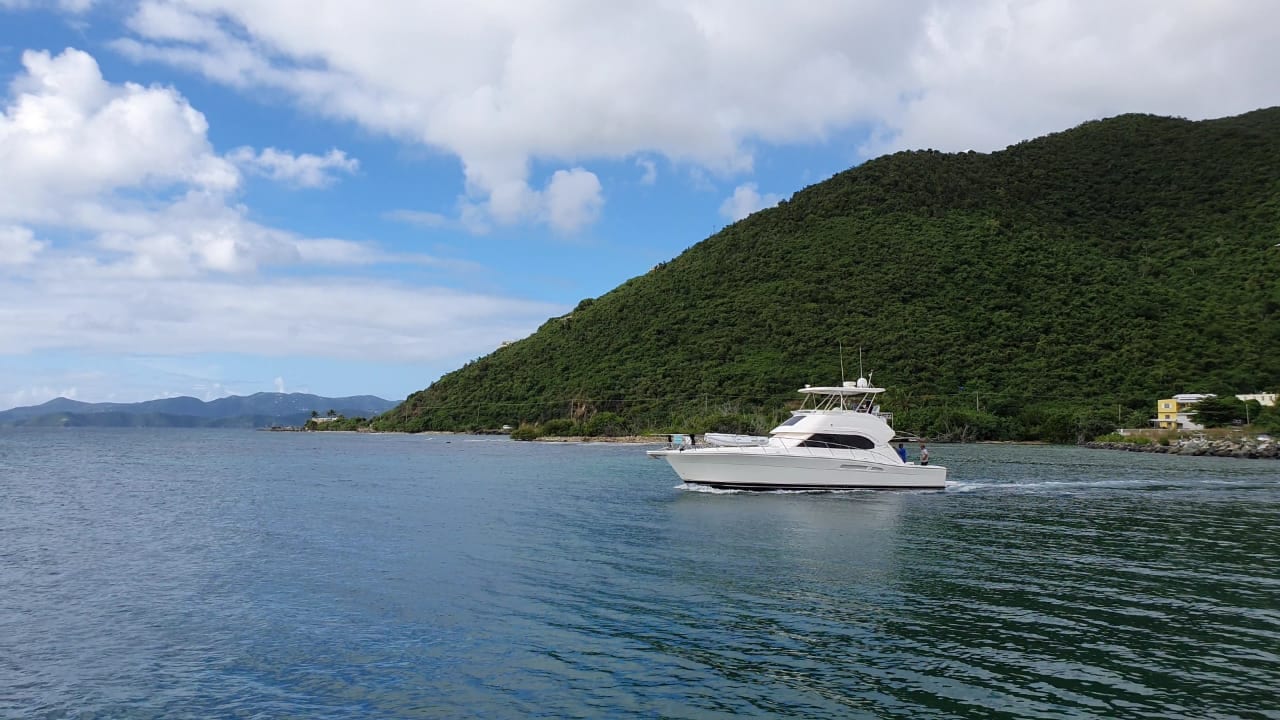What To Look For On A Sea Trial: A Checklist

What is a sea trial?
A sea trial is when you take a boat you are seriously interested in purchasing on a test run on the water. When participating in your sea trial, you want to use the boat the same way you plan to use it once you own it, taking note of how the boat performs in this environment. Sea trials should only be done once you have narrowed down all your options and have found the boat that you are likely to be purchasing, and as a result, have an offer and deposit in place.
How does a sea trial work?
So you know what a sea trial is, but how does a sea trial work? During a sea trial, you take the boat out on the water and use it under similar conditions that you would on a typical boat day on your new vessel, such as manoeuvring on different water conditions or taking the boat out at various speeds. While taking out a boat you are planning on purchasing is an exciting experience, it’s important not to get caught up in the thrill of the sea trial; be sure to focus on how the boat is performing. Often on sea trials buyers will hire a marine surveyor to accompany both them and their broker on the sea trial so they have trained experts helping identify any potential concerns. While onboard, however, the surveyor will typically only be concerned with the performance of the engine(s) and the soundness of the structure.

Who pays for a sea trial?
Generally, it is the seller’s option to choose a skipper to undertake the sea trial. They also pay for the preparation of the vessel for the sea trial, as well as the operation of the sea trial.
Is a sea trial necessary?
Sea trials are an important part of the boat buying process, and should only be skipped in special circumstances when buying a used vessel, as they can help alert you to any concerns that may otherwise have been overlooked, had the boat not been splashed, particularly if it had previously been on the hard. Even in the best-case scenario, when a vessel raises no red flags, it’s still a great way to get a feel for how your new boat will ride in the water.
What should you look for during a sea trial; A sea trial checklist
Before you head out:
This is a great time to take note of all visual aspects of the boat before you head out to sea.
- Exterior: You should take this opportunity to look for any previously unnoted surface defects, such as scratches, chips, cracks, or corrosion.
- Interior: Examine the interior with the same amount of care, looking at any of the wooden interior or upholstery for unnoted damage, such as scratches, tears, or chips.
- Moving components: Test the functionality of the boat elements; do the windows and doors open easily? Are safety mountings secure? Are there any loose wires?

On the water:
So how do you sea trial a boat? While on the water, take this opportunity to be both the passenger and the driver, providing you have boating experience. Take note of your visibility, both your forward vision, and whether obstructed by your crew or passengers. Is there a distracting glare from the windshield? Can you see the dashboard properly?
Listen to the engine as it starts- Does it start smoothly and quietly, or does it rattle and knock? Bring the boat to cruising speed and test the steering, performing right and left turns, listening for vibrations and rattles as the boat moves, especially over wake on open water. The effect of rough water can’t be eliminated, but a well-designed hull will carve confidently through wakes while limiting any serious bumps from disturbing passengers. At no-wake speeds, center the wheel and note how well the boat keeps its line.
Act as a passenger and sit in various seats throughout the boat. If there is a forward cockpit, does it offer security to passengers? How comfortable is the main cockpit, is it roomy enough for how many adults you plan to host? What are you planning on using your new boat for- is the layout right for socializing or is it more suited to fishing? As a passenger, make sure you feel comfortable at speeds and during turns without having to constantly reach for handholds.
While the aim is to simulate situations similar to real-world usage during a sea trial, keep in mind that the performance may be affected during the lightly loaded test ride. On a typical day that you use your boat, you’re probably going to pack it with gear, guests, or coolers, and that weight will give way to a different performance.
Other factors to consider:
- How is the stowage on the vessel- is it enough for your needs?
- Is there adequate seating for your typical usage?
- Manoeuvrability when on board- can you safely get around when underway?
- How are the electronics, do all that expect to work turn on?
Buying a used powerboat, catamaran, sailing boat or center console is an exciting experience, but make sure you get a thorough evaluation so you have no surprises once in your possession. While a sea trial on a yacht isn’t necessary, it is a recommended step in the boat-buying process. Ready to find your next boat or looking to upgrade your vessel? Contact one of our brokers today to start the process.
